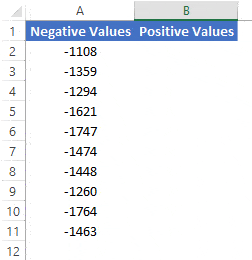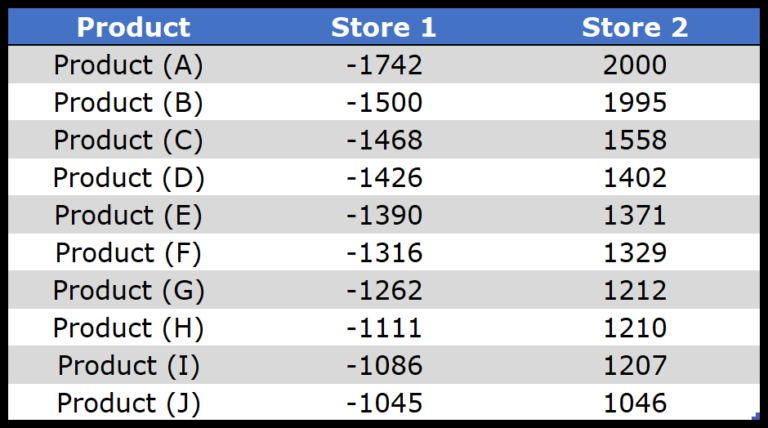In managing and analyzing data, understanding how to tailor calculations to specific needs is essential. One common scenario I’ve encountered is calculating the average value within a dataset in Excel where zeros can skew the results. For example, in a list of quiz scores, a zero might indicate an unattempted question rather than a measure of ability, and including it in the average would not be representative. To address this, I use a method that excludes zeros from these calculations, ensuring that my average calculation reflects only the non-zero data points.
It’s not just about getting a number; it’s about making sure that number paints an accurate picture. Zeros can act like outliers – they’re valid data points, but they can have a disproportionate impact on the average value. By excluding them, I can avoid creating a misleading average that doesn’t accurately reflect the dataset’s intended insights. Whether I’m presenting data to a colleague or making data-driven decisions, this attention to detail in the calculation process helps maintain integrity in the data’s interpretation.
Ignore Zero while Averaging Values in Excel
To calculate an average without counting zero values in Excel, I enter the AVERAGEIF function into the desired cell. For example:
=AVERAGEIF(A1:A10, ">0")
Here’s the breakdown of the syntax I use:
- Range: A1 (or any range with the values)
- Criteria: “>0” (this ensures only values greater than zero are considered)
By excluding zero values from the calculation, I capture a more accurate average when zeroes are not meaningful to the data analysis. Excel’s AVERAGEIF function is ideal for this task, negating the need for more complex array formulas or filters, and I find it much simpler than tweaking the AVERAGE function with an IF condition. If I need to handle errors, the IFERROR function integrates well with AVERAGEIF to provide a clean result, like so:
=IFERROR(AVERAGEIF(range, criteria), "Custom Error Message")
Using this formula lets me swiftly calculate the mean of numbers that matter, sidestepping any distortions caused by zeroes.


